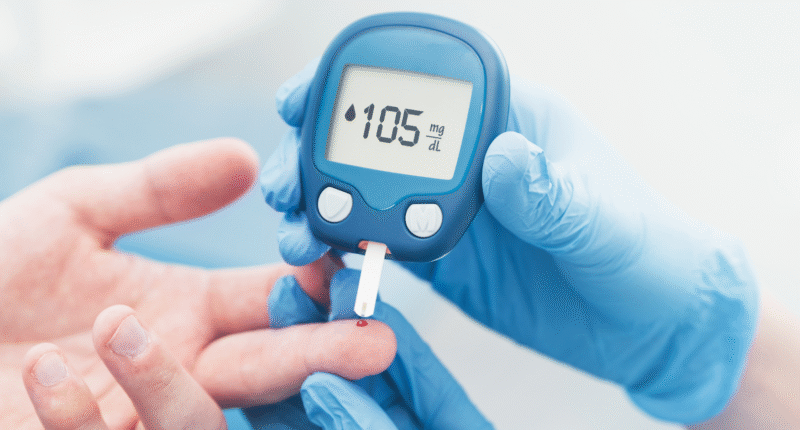New research confirms tobacco and nicotine products raise diabetes risk across all subtypes
Smoking has long been recognized as a serious health hazard, linked to heart disease, cancer, and respiratory illnesses. Now, a new study presented at the European Association for the Study of Diabetes (EASD) confirms that smoking is also a major risk factor for type 2 diabetes—and the danger extends across all subtypes of the condition. Alarmingly, the findings show that vaping and nicotine pouches may also increase diabetes risk.
According to the World Health Organization, around 11% of the global population lives with diabetes, with 90% of these cases being type 2 diabetes. While obesity, poor diet, and a sedentary lifestyle are well-known contributors, this new study highlights the underestimated role of smoking and smokeless tobacco in diabetes development.
The Four Subtypes of Type 2 Diabetes
Researchers analyzed medical data from over 7,000 participants across Norway and Sweden, dividing them into four recognized subtypes of type 2 diabetes:
- Mild Age-Related Diabetes (MARD)
- Mild Obesity-Related Diabetes (MOD)
- Severe Insulin-Deficient Diabetes (SIDD)
- Severe Insulin-Resistant Diabetes (SIRD)
The team compared smoking status—current, past, or never smokers—against diabetes outcomes to uncover patterns across these subtypes.

Smoking Increases Diabetes Risk Across All Subtypes
The study found that both past and current smokers faced a significantly higher risk of type 2 diabetes compared to non-smokers.
- Smokers doubled their risk of developing Severe Insulin-Resistant Diabetes (SIRD).
- Risks also increased by 20% for SIDD, 27% for MARD, and 29% for MOD.
- Heavy smokers—those consuming about 20 cigarettes daily for 15 years—had an even greater chance of developing diabetes:
- 2.35x higher risk of SIRD
- 45% higher risk of MARD
- 52% higher risk of SIDD
- 57% higher risk of MOD
These results indicate that smoking not only harms general health but also directly impacts insulin resistance and deficiency, both of which are central to diabetes progression.
Vaping and Nicotine Pouches Also Raise Diabetes Risk
While some smokers turn to e-cigarettes and nicotine pouches (like snus) as supposedly “safer” alternatives, the study reveals these products are not risk-free.
- Snus users had a 19% higher chance of developing SIDD and a 13% higher chance of SIRD.
- Since these products deliver nicotine—known to impair insulin response—diabetes risk remains elevated despite the absence of smoke.
This debunks the common belief that smokeless or smoke-free tobacco products are harmless.
The Myth That Smoking Lowers Diabetes Risk
Some people believe smoking may reduce diabetes risk by suppressing appetite and controlling weight. Experts stress this is a dangerous myth.
Dr. David Cutler, a family medicine physician at Providence Saint John’s Health Center, emphasizes that smoking does not protect against diabetes. Instead, it worsens overall health and raises long-term risks.
Why These Findings Matter
Understanding how smoking and nicotine products impact all subtypes of type 2 diabetes is vital for prevention strategies.
- Smoking clearly worsens insulin resistance and insulin deficiency.
- Vaping and nicotine pouches, often marketed as safer alternatives, still contribute to diabetes risk.
- Lifestyle changes—healthy eating, regular exercise, adequate sleep, and quitting tobacco—remain the best defense against diabetes.
As researchers continue to explore the interplay between genetics and lifestyle factors, one message is clear: avoiding smoking and nicotine is essential for reducing type 2 diabetes risk.
Key Takeaway
Whether it’s cigarettes, vaping, or nicotine pouches, all forms of nicotine use increase the risk of type 2 diabetes across every subtype. Quitting tobacco and adopting healthier lifestyle habits can significantly reduce this risk and improve long-term health outcomes.








